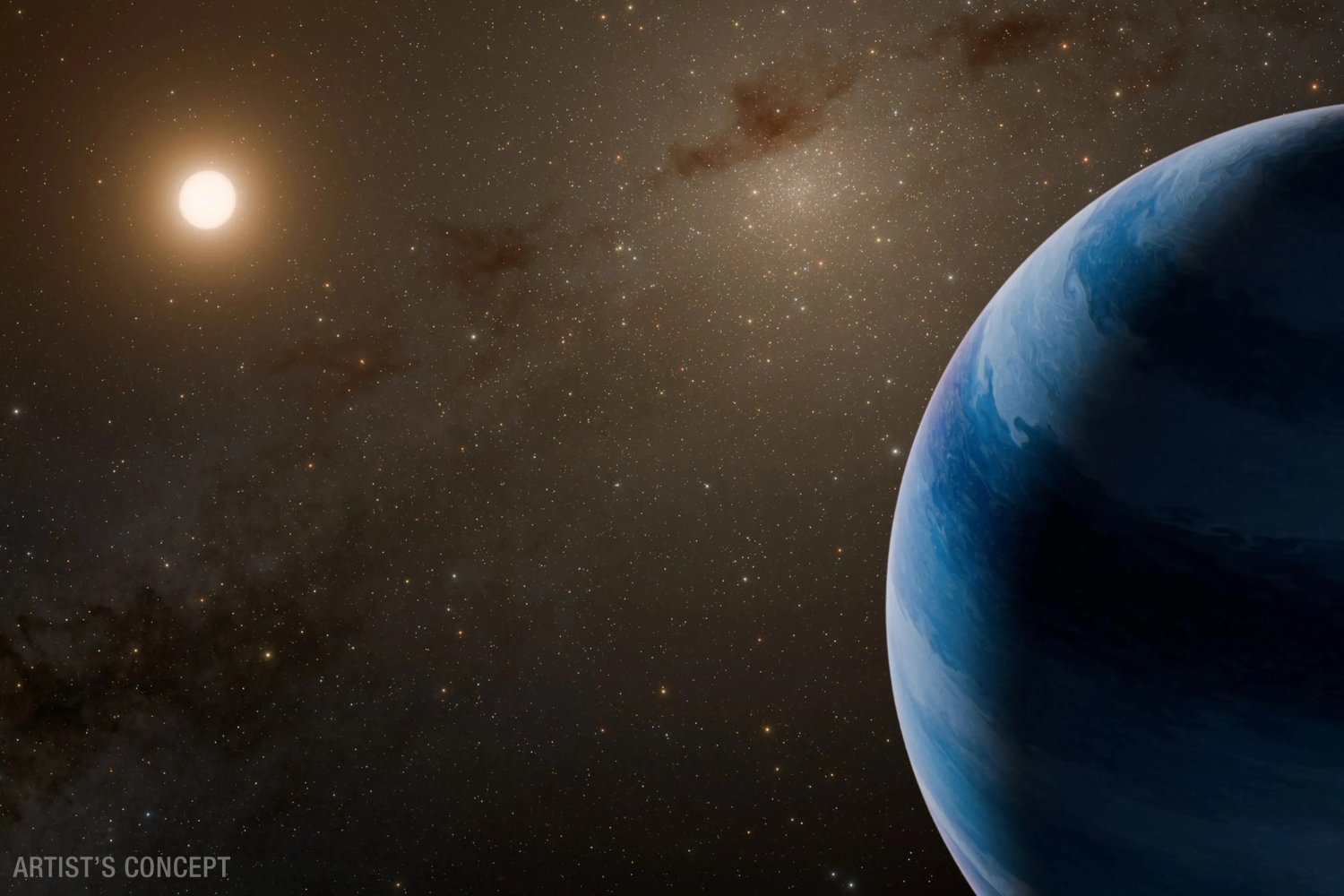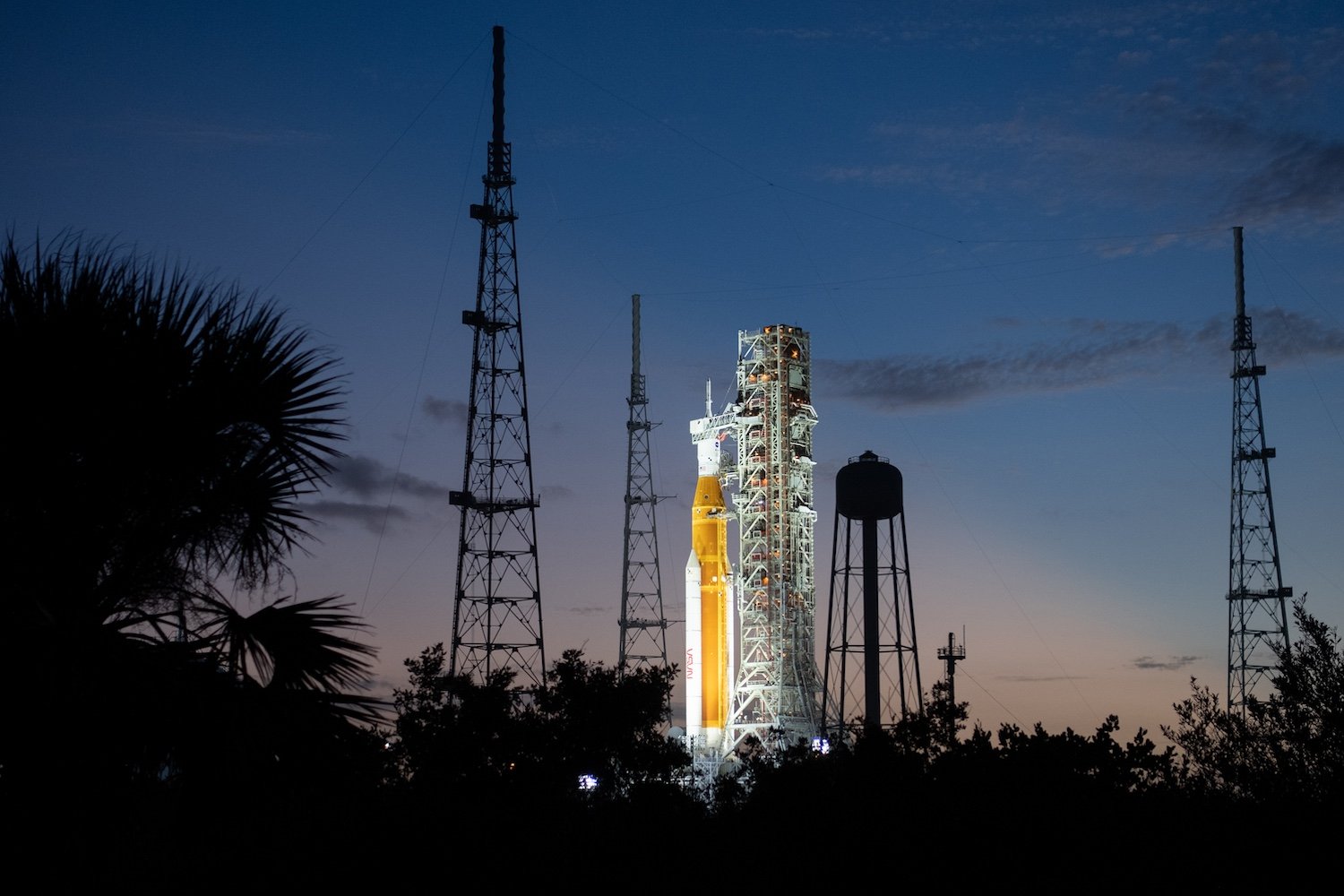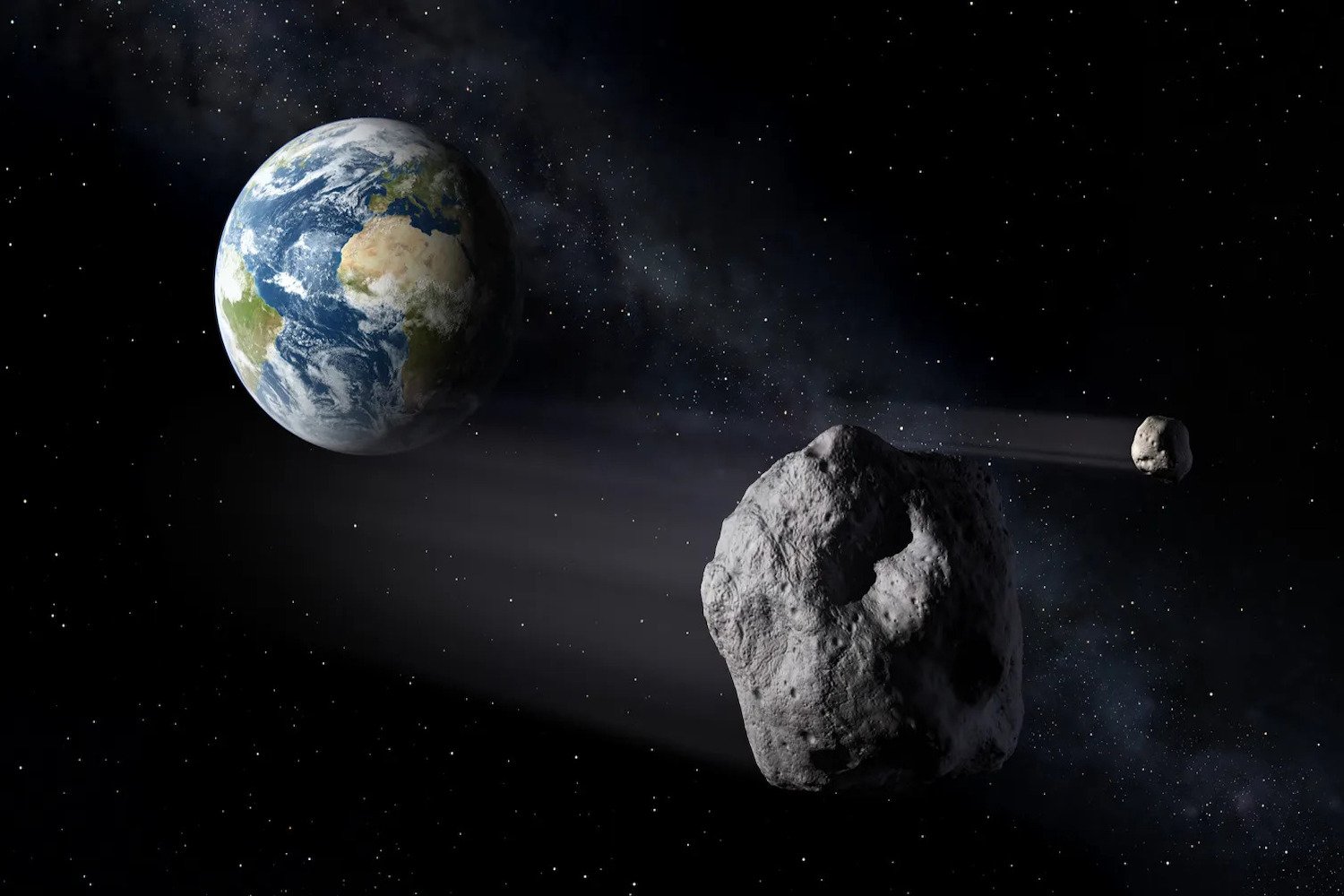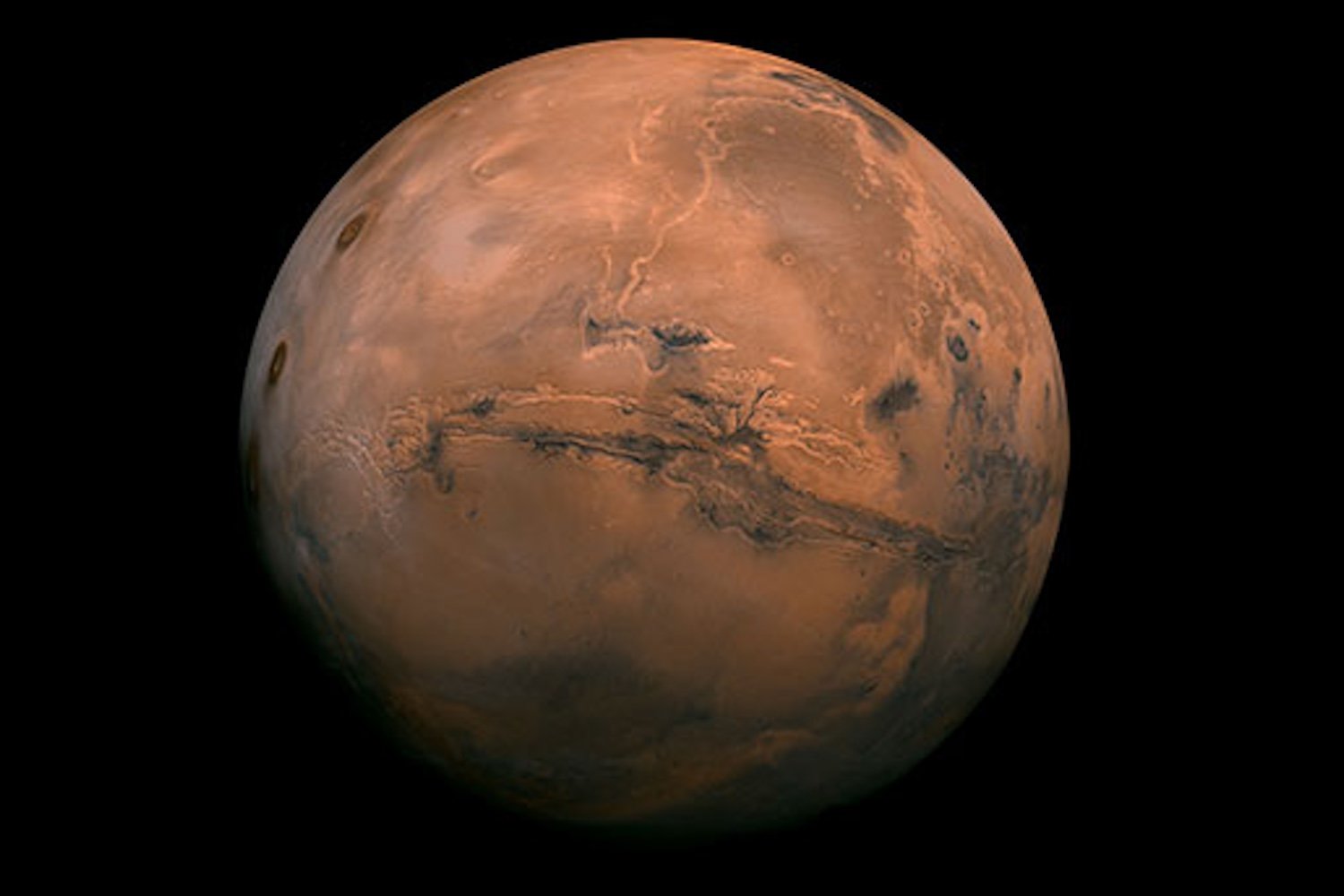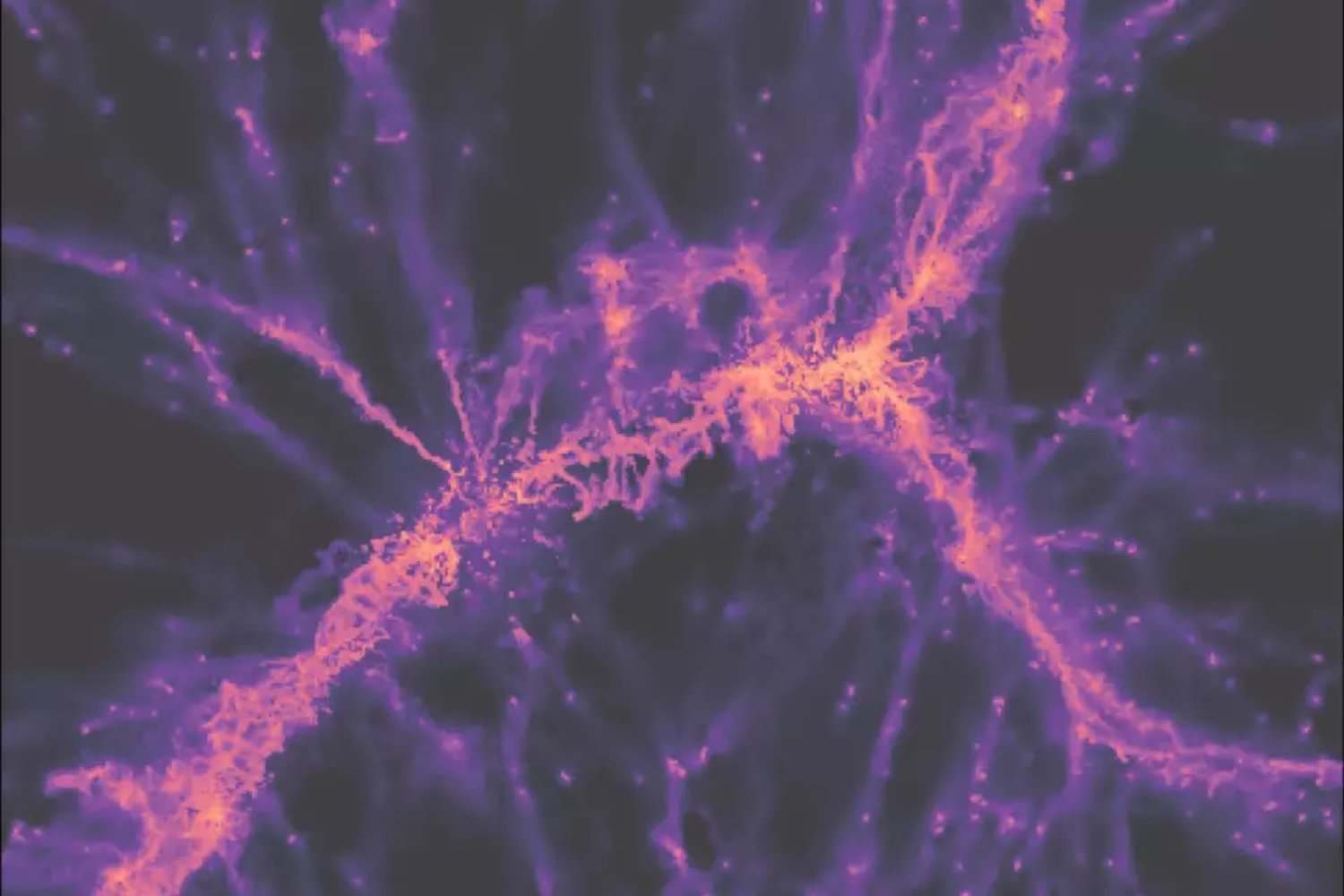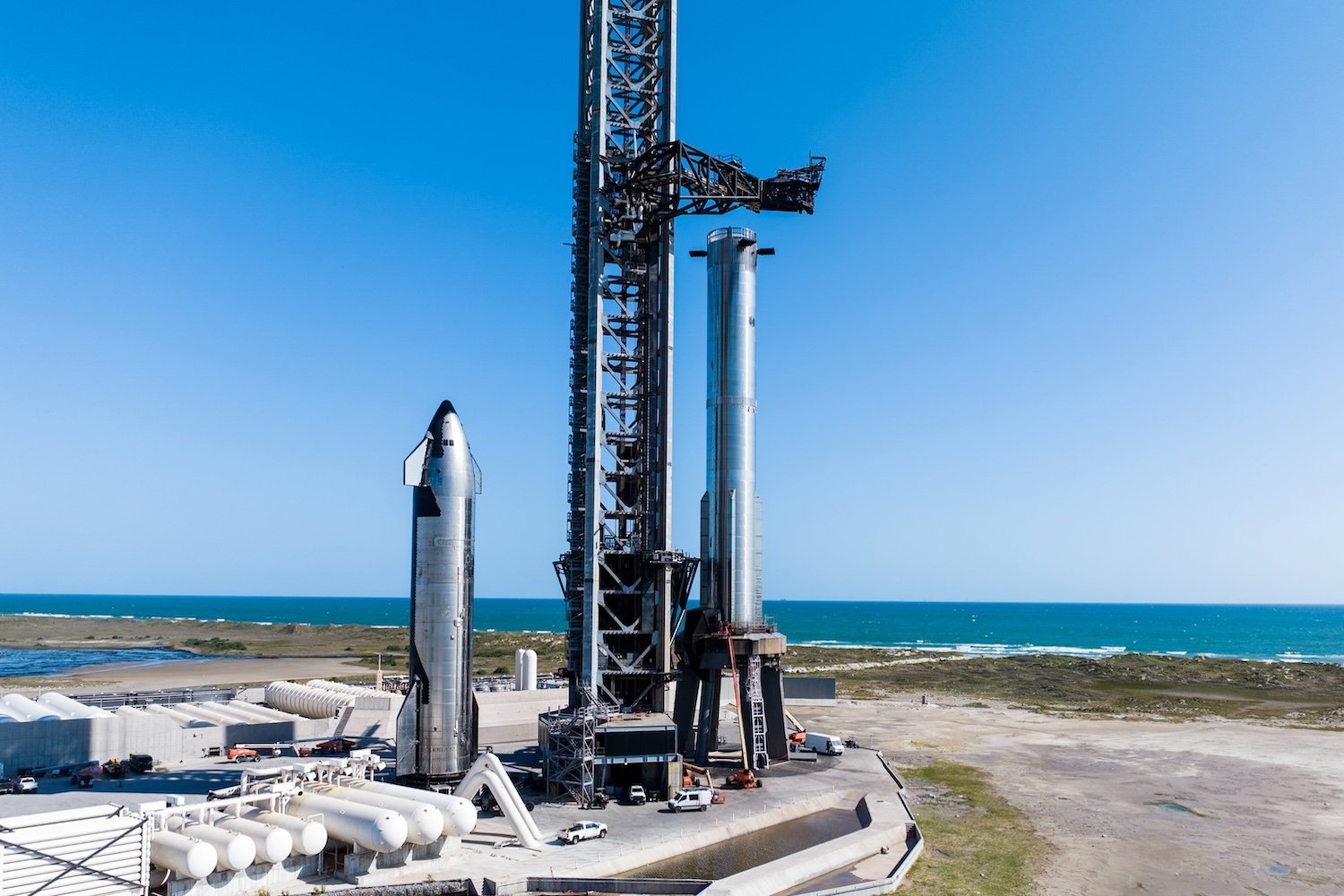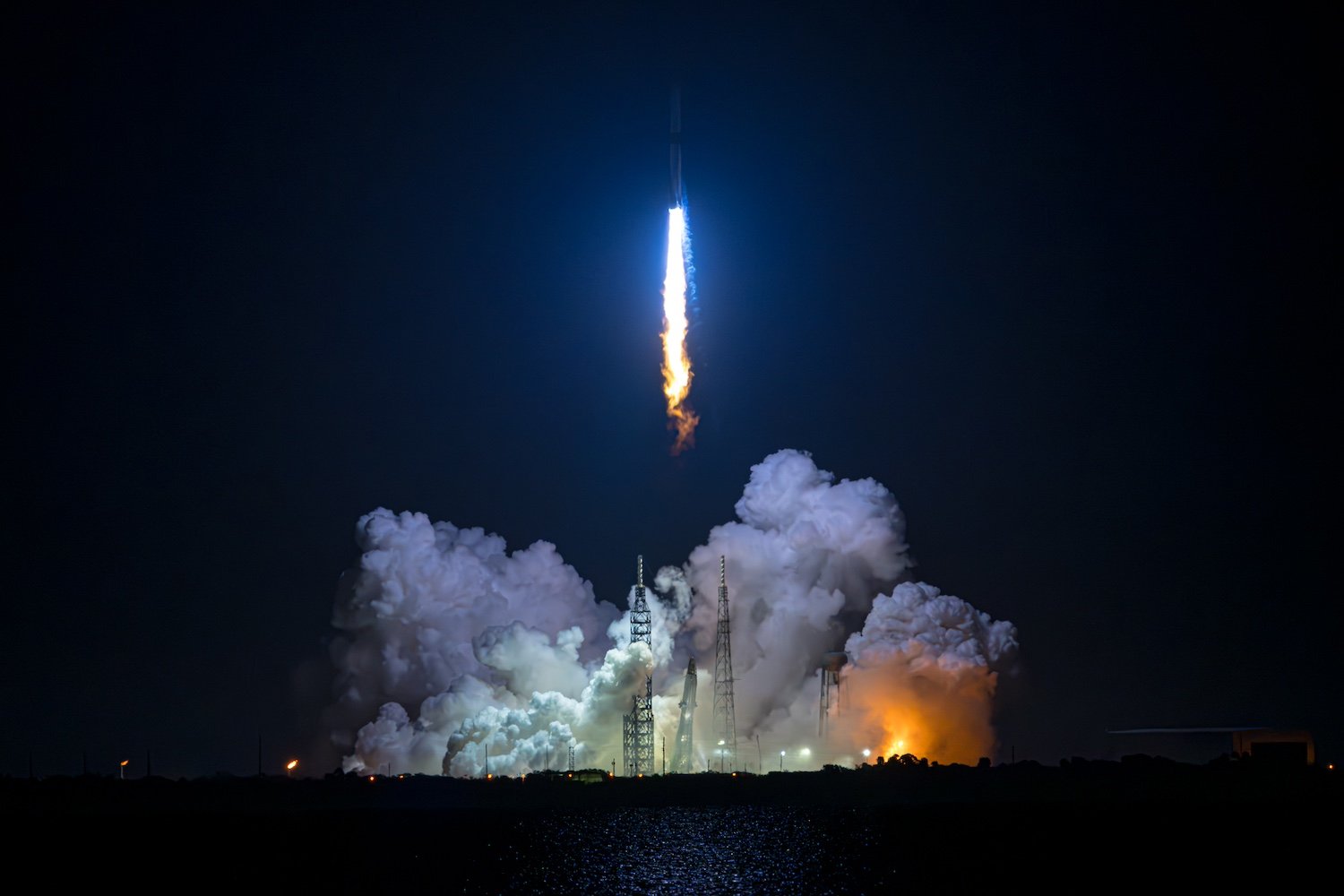A star and its orbiting planet are tearing through the Milky Way galaxy at an astonishing speed, clocking in at least 1.2 million miles per hour (1.93 million kilometers per hour), according to a NASA team’s findings. If confirmed, this exoplanet would be the first discovered orbiting a star moving at such breakneck velocity. This remarkable discovery, based on analysis of archival data and recent observations, has been published in The Astronomical Journal.
Initial Discovery and Analysis
The celestial duo was initially detected in 2011 using data from the Microlensing Observations in Astrophysics (MOA) survey. Early analysis suggested two possible scenarios: a star larger than our Sun accompanied by a planet roughly 29 times the mass of Earth, or a planet about four times the size of Jupiter with a smaller, Earth-sized moon. In either case, the larger object dwarfs its companion, boasting a mass approximately 2,300 times greater.
Determining Velocity and Stellar Confirmation
To pinpoint the system’s speed, researchers calculated its transverse velocity, essentially its movement across the sky. Data from the Keck Observatory and the European Space Agency’s Gaia satellite indicate the larger object is indeed a star. However, the team plans follow-up observations in a year to confirm this and verify that the movement aligns with the 2011 MOA data. This confirmation is crucial to definitively link the star to the earlier observations.
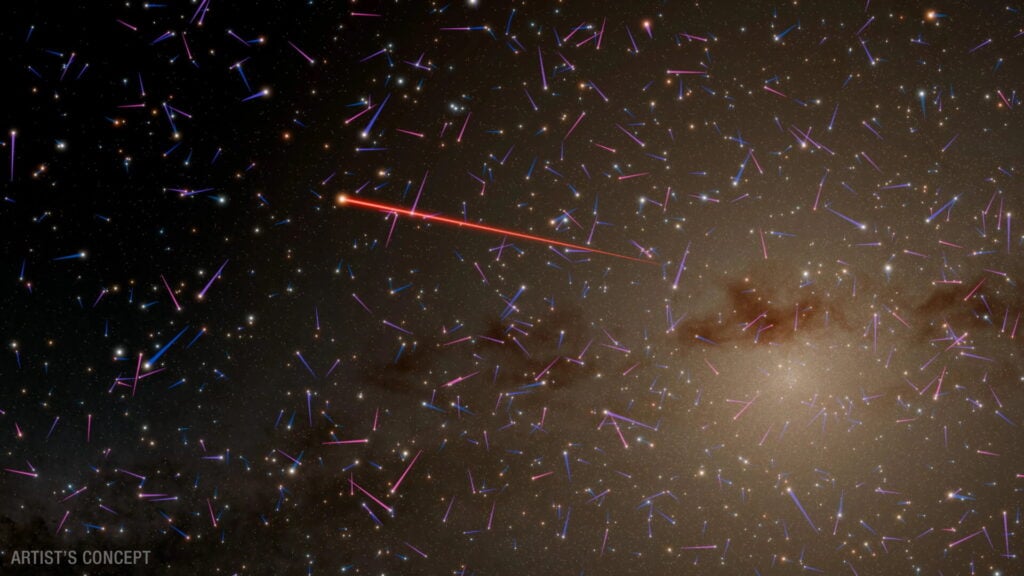 An artist's rendition of stars speeding through the Milky Way's core, with color indicating velocity.
An artist's rendition of stars speeding through the Milky Way's core, with color indicating velocity.
Hypervelocity Star System and its Origins
Given the system’s exceptional speed, it may classify as a hypervelocity star system. Such systems are thought to attain their incredible velocities through gravitational interactions with other massive objects, such as supermassive black holes, whose immense gravitational pull can slingshot stars across the galaxy at extraordinary speeds.
The Expanding World of Exoplanets
Exoplanets, planets beyond our solar system, exhibit remarkable diversity in size and composition. They range from rocky super-Earths to gaseous super-Neptunes and scorching hot Jupiters. Recent discoveries have expanded our understanding of these distant worlds, from detailed atmospheric analysis by the James Webb Space Telescope to the identification of extremely massive exoplanets and the confirmation of exoplanets orbiting nearby stars.
Recent Exoplanet Discoveries
The field of exoplanet research is constantly evolving, with recent breakthroughs revealing supersonic winds on WASP-127b and a comprehensive NASA catalog documenting a wide array of exoplanet types. These findings underscore the vastness and diversity of planetary systems beyond our own.
Future Exploration with the Roman Space Telescope
The upcoming Roman Space Telescope, slated for launch by May 2027, promises to revolutionize exoplanet research. Its powerful capabilities will enable astronomers to discover and characterize countless new exoplanets, providing deeper insights into planetary formation and evolution. The Roman Space Telescope’s wide field of view and comprehensive survey strategy will streamline the observation process, eliminating the need for multiple telescopes.
Conclusion
The discovery of this potential high-speed exoplanet system offers a glimpse into the dynamic and often violent nature of our galaxy. Further observations will confirm the nature of the system and provide more accurate measurements of its remarkable speed. The Roman Space Telescope, with its advanced capabilities, holds the promise of uncovering many more such extraordinary systems, further enriching our understanding of the cosmos.



